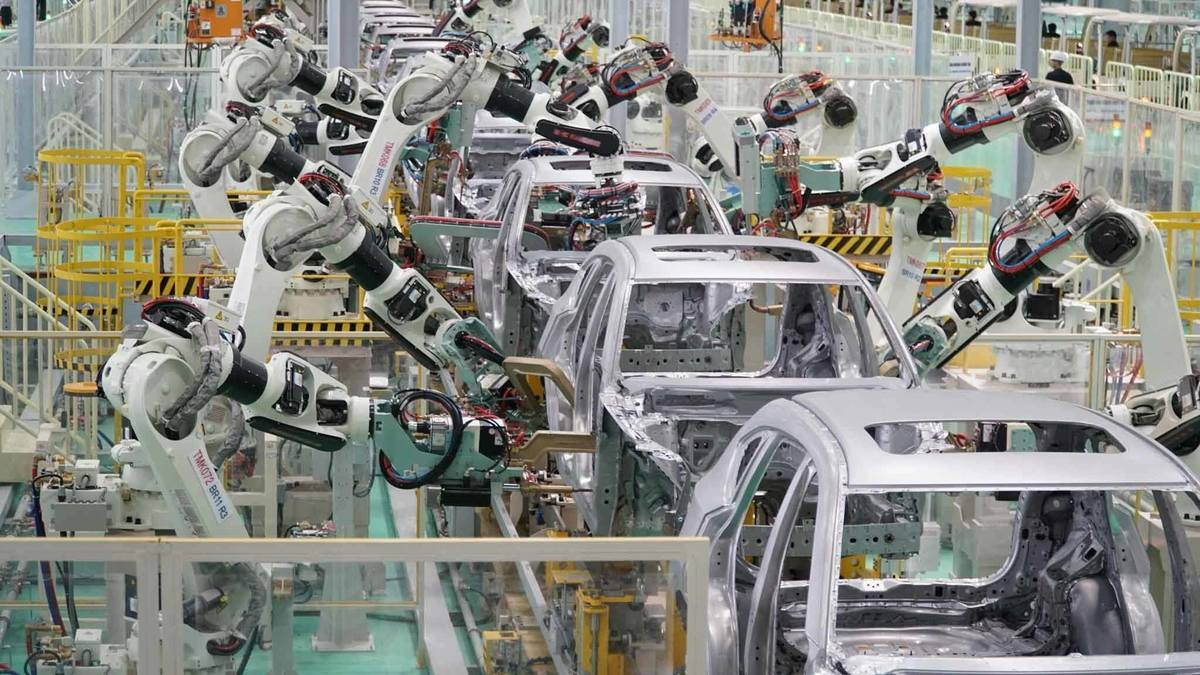
The Vietnam Automobile Manufacturers’ Association (VAMA) reports that imported cars have accounted for 33-39 percent of total sales since 2019.
In January - August 2022, Toyota sold 36,249 imported cars and 20,240 domestically assembled cars. In 2021, it sold 38,876 imported cars and 30,126 domestically assembled cars.
As for Ford, imports accounted for 33 percent of total sales in January-August 2022. In 2021, imports accounted for 89 percent and in 2020, the rate was 82 percent.
It was the same for Mitsubishi and Suzuki, with 22,279 imported cars and 3,609 domestically assembled cars sold by Mitsubishi in January-August 2022.
Meanwhile, Vietnam’s automakers Truong Hai and Thanh Cong have sales of domestically assembled cars much higher than imports, with 87,000 imported and 5,925 locally assembled units for Truong Hai in January - August 2022. In previous years, imports accounted for only 4-8 percent of its total sales.
Analysts say that CBU (complete built unit) imports to Vietnam have increased in recent years because of import tariff cuts. The tariffs on CBU imports increased and then decreased in 2001-2010. Since 2010, the tariffs have been reduced gradually under a tax-cut roadmap.
Since January 1, 2018, under tax commitments under ATIGA (ASEAN Trade in Goods Agreement), tariffs on CBU imports with regional value content of 40 percent or higher have been reduced to zero percent.
VietNamNet reporters, after analyzing statistics about CBU imports with nine or less seats, found that imports increased sharply after the tariff was cut to zero percent in 2018.
In 2018 and earlier, sales of cars with under 9 seats imported to Vietnam was 50,000-55,000 a year, but later increased by twofold. Imports after one year of the tax cut soared to 102,000.
In 2021, despite the Covid-19 pandemic, imports of this kind reached VND109,000.
Luong Bang